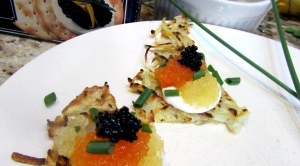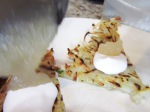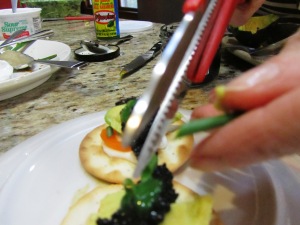I’m talking about pollination. It’s not what they say it is.
They say it’s significant because we need it for our almonds. They talk about conserving bees to the extent they can get them to keep working to produce our food supply.
They don’t talk about the interest of the bees.
We can exploit the beejeesus out of animals until, one day, legal panic sets in because we’ve just about cleared them completely from the face of the Earth.
American Bumble Bees Are in Crisis.
The population of American bumble bees dropped by 89% in the past two decades. The bees no longer live in much of the United States. What if the bees are listed under the Endangered Species Act? Will we see increased attention to bee habitat? Agribusiness could have to make changes. We might need to look at the impact of pesticides, climate crisis, and sprawl. Grazing businesses, “green” energy sites, and real estate developers are all implicated in sprawl.
The National Association of Home Builders has opposed ESA listings for other bee communities, so we can guess what they’ll do here. At its core, home building sprawl is a human population issue.
The Answer Is as Plain as the Peas on Your Plate: Go Vegan.
Stop supporting grazing. Just stop. Join the conscientious objectors. We don’t need animal ag. It’s bad for us, for other living communities, and for the Earth as a whole.
Farm animal waste, runoff, and feed operations are detrimental. The very complexity of animal agribusiness multiplies the harm done by our food systems.
We can opt out today, right this second.
And there’s more to being vegan than what’s on our plates. Consider human population a vegan topic; let’s talk about it (without xenophobia). Consider how we maintain our immediate physical surroundings. What we do to the climate, we do to habitat. And what we do to habitat is at the core of veganism.
Good Gardening Helps: Veganism Respects Our Shared Habitat.
Leaf blowers not only emit toxic gases; Doug Tallamy has explained that when leaves are banished, the land loses a form of temporary stormwater holding, and therefore leaf blowing exacerbates erosion and flooding. And bees have connections with leaves. Some bees and wasps try to nest under leaves.
Homo suburbanus has decided that lawns are necessary, and that chemicals are needed to maintain them. Common lawn sprays are tested on animals. What kind of people are we, that we’d blind rabbits to have a dandelion-free lawn that repels bees?
Native plantings matter so much, in so many ways. Never mind the birdfeeders; get natural nourishment rooted in any green space you might have. Of course there is a money incentive that keeps the landscapers in their old habits. Contracts for toxic chemicals communicate entrenched economic relationships among human businesses. But new relationships can be forged.
New year; new us. We need to strive to coexist with the naturally evolving life on our patch of Earth. This is a matter of liberation ethics.







 But when all is said and done, the answer to everything, Trish says, is hot sauce. Which leads, of course, to a bit of avocado, sour cream and bell pepper.
But when all is said and done, the answer to everything, Trish says, is hot sauce. Which leads, of course, to a bit of avocado, sour cream and bell pepper. 
